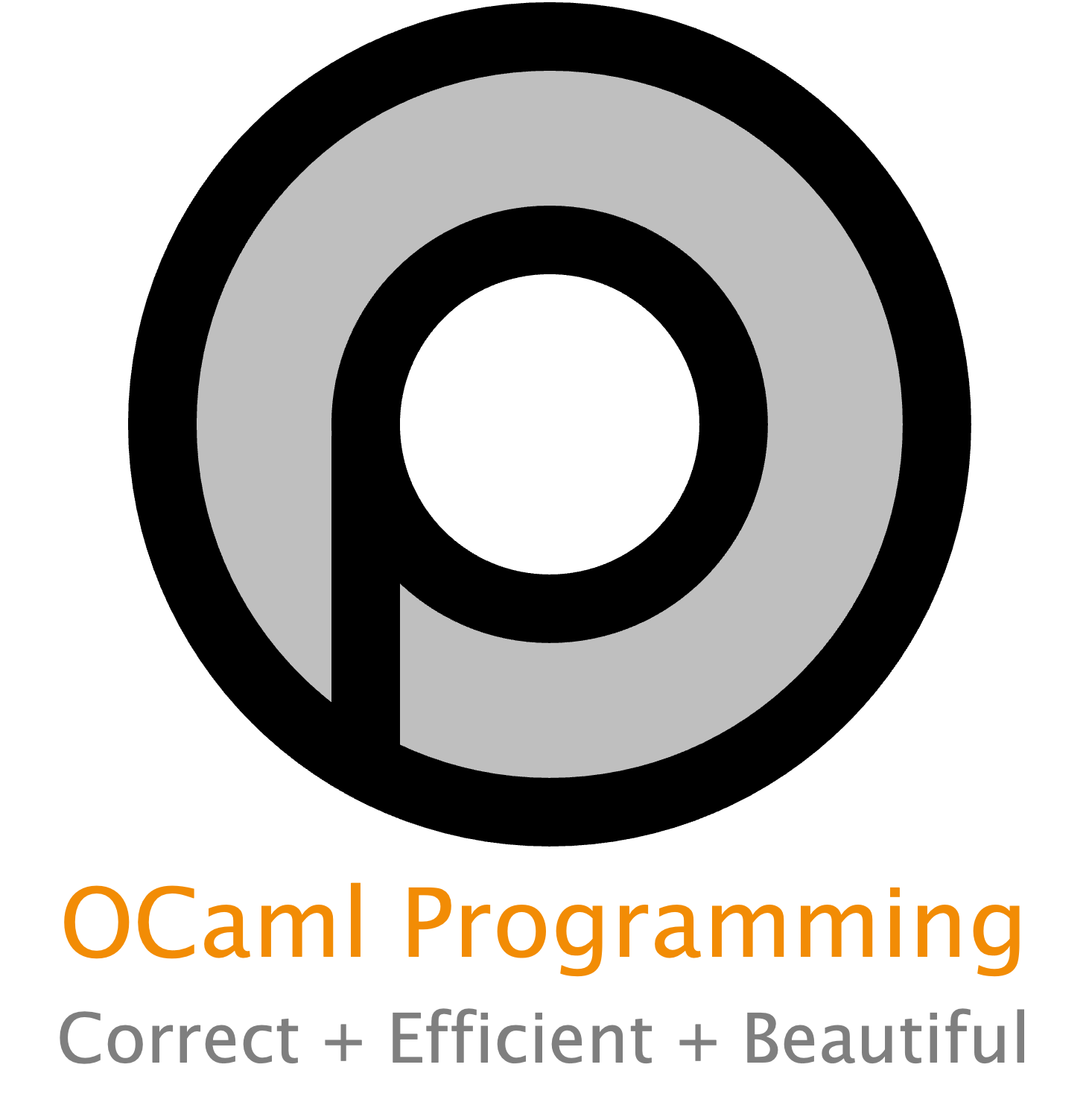6. Correctness#
When we write code, we always hope that we get it right. We hope that our code is correct. But how can we know it’s correct? In this chapter, we’ll study three possible answers: documentation, testing, and proof.
Let’s be honest: we all at one time or another have thought that documentation or testing was a boring, tedious, and altogether postponable task. But with maturity programmers come to realize that both are essential to writing correct code. Both get at the truth of what code really does.
Documentation is the ground truth of what a programmer intended, as opposed to what they actually wrote. It communicates to other humans the ideas the author had in their head. No small amount of the time (even in this book!), we fail at communicating ideas as we intended. Maybe the failure occurs in the code, or maybe in the documentation. But writing documentation forces us to think a second (er, hopefully second) time about our intentions. The cognitive task of explaining our ideas to other humans is certainly different than explaining our ideas to the computer. That can expose failures in our thinking.
More importantly, documentation is a message in a time capsule. Imagine this: someone far away and now unreachable has sent that message to you, the programmer. You need that message to interpret the archeological evidence now in front of you—i.e., the otherwise unintelligible source code you have inherited. Your only hope is that the original author, long ago, had enough empathy to commit their thoughts to the written word.
And now imagine this: that author from the distant past? What if they were YOU? It might be you from two weeks ago, two months ago, or two years ago. Human memory is fleeting. If you’ve only been programming for a couple of years yourself, this can be difficult to understand, but give it a generous try: Someday, you’re going to come back to the code you’re writing today and have no clue what it means. Your only hope is to leave yourself some breadcrumbs at the time you write it. Otherwise, you’ll be lost when you circle back.
Testing is the ground truth of what a program actually does, as opposed to what the programmer intended. It provides evidence that the programmer got it right. Good scientists demand evidence. That demand comes not out of arrogance but humility. We human beings are so amazingly good at deluding ourselves. (Consider the echo chamber of modern social media.) You can write a piece of code that you think is right. But then you can write a test case that demonstrates it’s right. Then you can write ten more. The evidence accumulates, and eventually it’s enough to be convincing. Is it absolute? Of course not. Maybe there’s some test case you weren’t clever enough to invent. That’s science: new ideas come along to challenge the old.
Even more importantly, testing is repeatable science. The ability to replicate experiments is crucial to the truth they establish. By capturing tests as automatically repeatable experiments as unit test suites, we can demonstrate to ourselves and other, now and in the future, that our code is correct.
The challenge of documentation and testing is discipline. It’s so tempting, so easy, to care only about writing the code. “That’s the fun part”, right? But it’s like leaving out a third of the letter we intended to write. One part of the letter is to the machine, regarding how to compute. But another part is to other humans, about what we wanted to compute. And another part is to both machines and humans, about what we really did manage to compute. Your job isn’t done until all three parts have been written.
If you’re not yet convinced about the importance of documentation and testing, no worries. You will be in the future, if you stick with the craft of programming long enough. Meanwhile, let’s proceed with learning about how to do it better. In this chapter, we’re going to learn about some successful (and hopefully new-to-you) techniques for both.
Finally, beyond documentation and testing, there is mathematical proof of correctness. Techniques from logic and discrete math can be used to formally prove that a program is correct according to a specification. Such proofs aren’t necessarily easy—in fact they take even more human discipline and training than documentation and testing do. But they can make sense to apply when programs are used for safety critical tasks where human lives are on the line.
